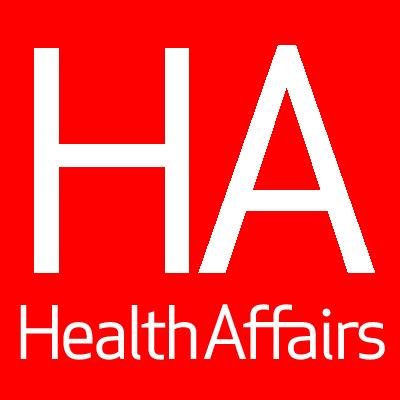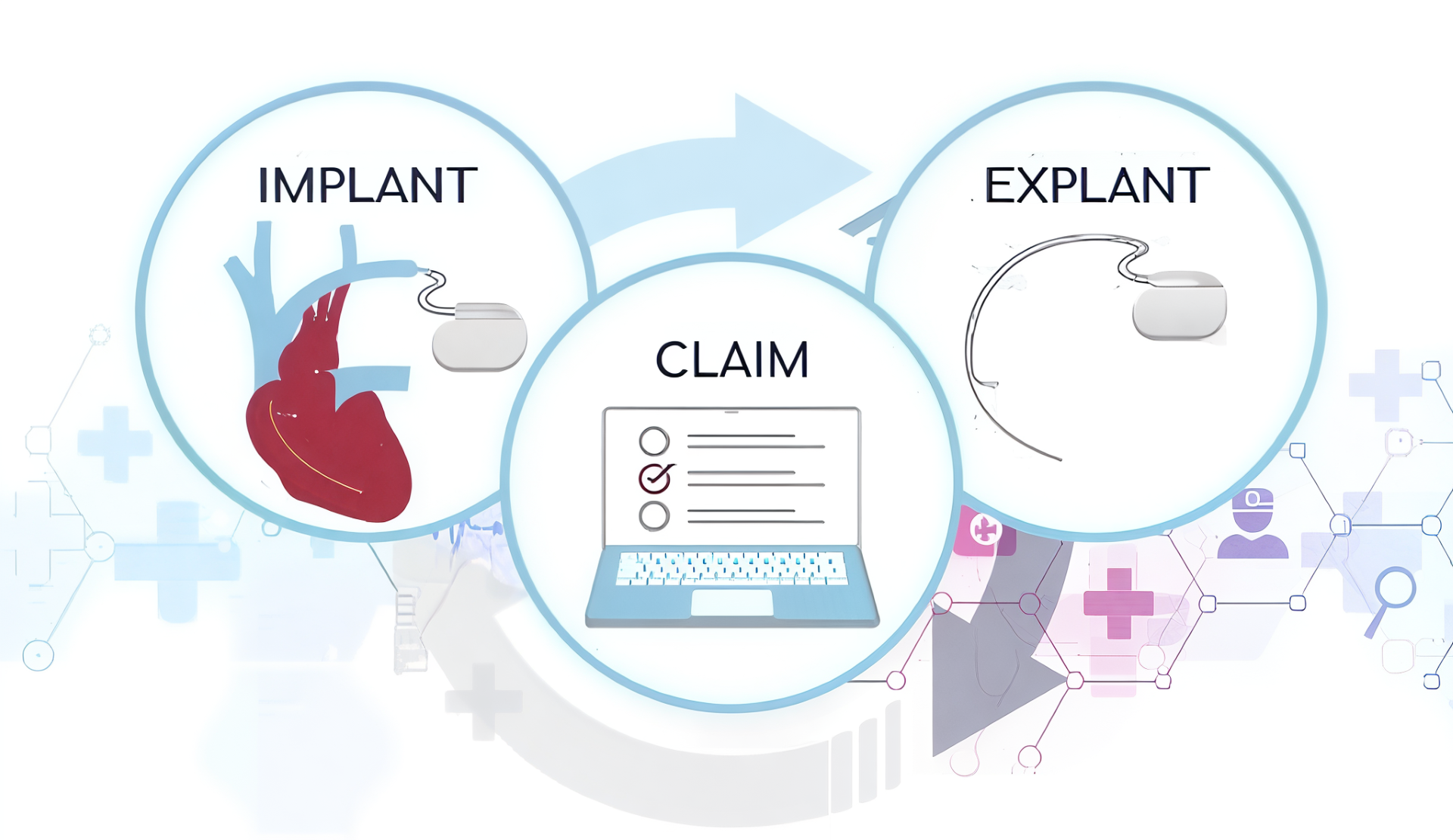 Costs & Cost Controls
Costs & Cost Controls
BMI a valuable metric in THA surgical planning, risk stratification
Editor's Note Obesity is a key driver of earlier total hip arthroplasty (THA) and elevated perioperative risk, according to findings published October 29 in Surgeries. While THA is a well-known intervention for older adults with end-stage hip osteoarthritis, the researchers reported a link between an increase in obesity and the…
Surgical discharge against medical advice on the rise
Editor's Note The incidence of surgical patients being discharged against medical advice is increasing, leading to a subsequent rise in postoperative complications and readmissions, according to new published research. The investigators evaluated trends, risk factors, and postoperative outcomes among surgical patients who were discharged against medical advice and their findings…
States take aim at outpatient facility fees driving higher commercial health costs

Editor's Note States are sharpening their focus on outpatient facility fees, using new data and reporting mandates to expose how these charges inflate commercial healthcare spending, HealthAffairs October 6 reports. Specifically, Colorado, Maine, Connecticut, and Washington have launched varied but increasingly sophisticated efforts to monitor when and where hospitals bill…
Slower acquisitions, mounting debt reshape Surgery Partners growth outlook

Editor's Note Surgery Partners’ high debt load and sluggish acquisition pace are forcing a strategic recalibration that could constrain future growth and investor returns, Simply Wall St October 9 reports. The company’s rising interest expenses, weaker-than-expected sales, and limited free cash flow are prompting concerns about its ability to sustain…
ASCs surge as hospitals and investors chase outpatient growth

Editor's Note Hospitals, physicians, and private equity are accelerating their push into lower-cost outpatient care. According to Colliers US Healthcare Services Research Report Q3 2025, published on September 22, ambulatory surgery center (ASCs) procedure volumes are projected to grow 9% between 2023 and 2028—outpacing hospital outpatient department growth at 7%—and…
High prices, not overuse, keep US healthcare costs far above peer nations
Editor's Note The US continues to outspend every other wealthy nation on healthcare, not because Americans use more services but because the prices of those services are far higher, Peterson-KFF Health System Tracker September 4 reports. The analysis compares US healthcare prices and utilization with 11 similarly wealthy countries and…
Private equity is reshaping ASCs, raising cost and antitrust concerns

Editor's Note Private equity is driving a quiet but powerful transformation in the $30 billion ambulatory surgery center (ASC) market, heightening risks of higher costs and reduced competition, an October 2025 research brief from the Private Equity Stakeholder Project (PESP) reports. It warns that Wall-Street-backed consolidation and opaque ownership structures…
2026 ICD-10 updates bring hundreds of new codes, new complexity

Editor's Note Healthcare providers, payers, and analytics teams face sweeping ICD-10 changes this fall, with the 2026 code updates taking effect October 1, 2025, Wolters Kluwer July 14 reports. The release includes 614 new codes, 12 invalidations, 642 billability changes, 88 terminology revisions, and the creation of an entirely new…
Mind the gap: Why Medicare pays ASCs less than HOPDs—and what that means

For decades, ambulatory surgery centers (ASCs) have shown their ability to deliver high-quality surgical care at substantially lower cost than hospital outpatient departments (HOPDs). ASCs achieve these savings through leaner operations, streamlined staffing models, and specialty-focused efficiencies, not by compromising safety or outcomes. Studies consistently highlight procedures performed in ASCs…
ASCs face growing pressure to centralize implant management as specialty volumes surge

Ambulatory surgery centers (ASCs) are taking on more high-acuity, same-day procedures than ever before. This growth is driven by evolving clinical protocols, cost-conscious reimbursement strategies, and expanded capabilities in outpatient care. Specialties like orthopedics, spine, ophthalmology, and cardiovascular care are moving more complex cases—and the implants that come with them—out…

 Free Daily News
Free Daily News